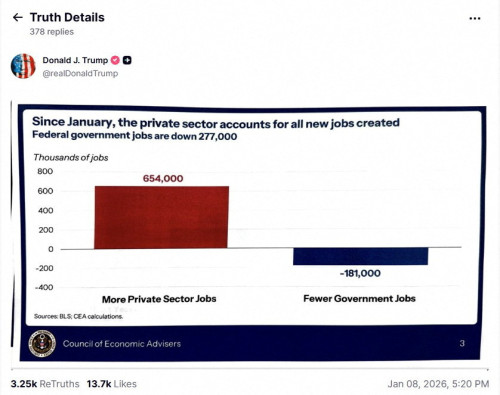Sentiment vs. Reality—Is Growth Costing Tesla More Than It’s Worth?
Tesla’s Q3 2024 earnings call was filled with optimism, as Elon Musk and his leadership team focused on the long-term potential of the company’s Full Self-Driving (FSD) technology, AI innovations, and the upcoming Cybertruck. They painted a picture of Tesla’s future dominance, pushing the idea that scaling production and capturing market share are the keys to long-term success. But here’s the reality: while Tesla’s top-line growth remains strong, the aggressive price cuts that helped fuel that growth are starting to bite into profits.
Tesla reported $25.2 billion in revenue, up 8% year-over-year, but a closer look reveals that the cost of staying competitive in the electric vehicle (EV) market is adding pressure to the company’s bottom line. Let’s dive into the details.
Price Cuts Fuel Sales, But at a Cost
Tesla’s strategy of slashing prices for its key models like the Model 3 and Model Y has certainly boosted sales, helping the company hit that $25.2 billion revenue mark. But as Musk and his team focused on the long-term outlook during the earnings call, the financial report told a different story.
Tesla’s automotive gross margin continues to shrink, driven by these price cuts and weaker demand for high-end models like the Model S and Model X. While Musk remains bullish about Tesla’s ability to scale production and leverage that to improve profitability in the long run, the near-term picture looks far more complicated.
Energy Division Shines Amid Automotive Struggles
If Tesla’s automotive division is feeling the heat, its energy division is red-hot. The energy business posted a 52% year-over-year increase in revenue, driven largely by demand for Tesla’s Megapack battery systems. Utility companies and large-scale renewable projects are flocking to Tesla’s energy solutions as the world pushes harder toward decarbonization.
This segment is a bright spot for Tesla, offering a diversified revenue stream that could help offset the challenges in the EV market. As Tesla continues to face rising competition and margin pressures in its core business, the energy division could become a more important player in Tesla’s growth story.
The Gap Between Optimism and Profitability
During the earnings call, Musk was laser-focused on the future. He highlighted the potential of Full Self-Driving (FSD) technology and the Cybertruck as key drivers for the coming years. Musk also touched on AI advancements as a major revenue opportunity. But for all the bullish sentiment about what’s ahead, the reality is that Tesla’s immediate future is much less certain.
While the company is growing its revenue, the sacrifices it’s making on profit margins can’t be ignored. The Model 3 and Model Y may be carrying Tesla’s sales numbers, but price cuts are eroding profitability, and with rising competition from both legacy automakers and startups, the road ahead is far from clear.
What’s Next for Tesla?
As we look forward, the big question for Tesla is whether it can balance growth with profitability. The upcoming launch of the Cybertruck, continued advancements in FSD, and the growth of the energy division offer plenty of potential. But with price cuts continuing to weigh on margins and competition heating up, Tesla’s ability to navigate these challenges will be critical.
For now, the sentiment on the earnings call is one of optimism—but the reality of Tesla’s earnings shows a company facing significant headwinds, even as it continues to grow.



